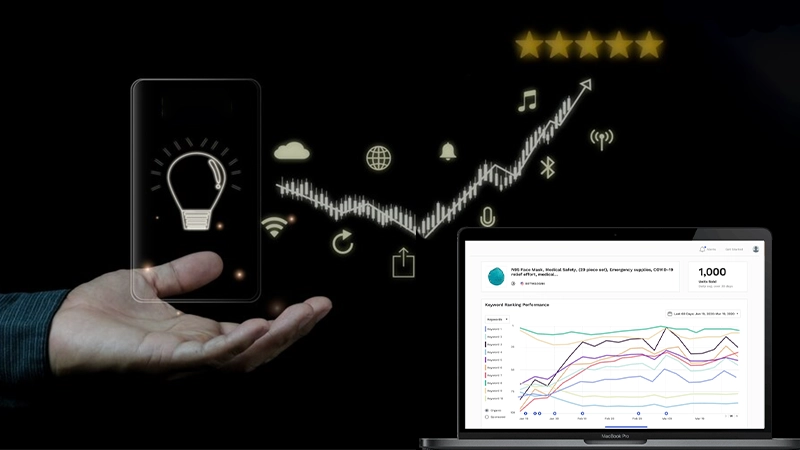Value Proposition Design: How to Do it Right?
People with good business ideas and companies with superior products or services often fail because they do not “understand well” what they are offering and do not effectively communicate and impart that knowledge to the public. If that’s the case, this article will most likely be of interest to you.
What is a Value Proposition?
A company’s business model is built around a product’s or service’s ability to solve a problem or meet demand, as well as the advantages it provides to a particular market segment.
Since the value proposition explicitly contains product or service definition and benefits, which will be highlighted as part of the company’s promotion strategy, it serves the company to define in large part its business model and marketing plan (product, price, promotion, and place).
As the price and distribution of a product or service are mainly dependent on its qualities and the target market for which it was intended, this concept also implicitly addresses the price and distribution of the promoted product or service.
An offer to someone and an offer of value to that person are the two things that this tool specifies. Both must be defined because they are subjective, unclear, or include many persons and/or objects.
Your customers and potential customers are the people we’re trying to reach with your product or service, and the value you are providing them is what they consider relevant to their personal lives, professional careers, and businesses so that they can feel good about the decision to buy, purchase, and use your product or service.
A product or service that not only solves a problem or meets a need for your customers in a different way than the competition but also creates an experience or emotes a unique feeling is known as a “value proposition” because it starts with the knowledge of a specific customer segment and their problems, needs, interests, pains, and aspirations, as well as their emotions.
- Also, Read This: How Telecom Companies Can Win in the Digital Revolution?
What is Value Proposition in B2B?
If you are among the B2B marketers, you should be aware that any B2B demand generation agency uses a B2B demand strategy to create the value proposition. A B2B value proposition is a proposition that communicates the distinct advantages that a client will enjoy as a result of employing your company’s product or service. This should be done in accordance with your overall brand positioning and should be consistent with your product or service messaging. In addition, a value offer should be as convincing as it possibly can be to achieve a b2b demand generation.
How to Make a Value Proposition?
To develop a value proposition, you must start with the fundamental criteria: the first of these is already mentioned above and refers to the fact that it must be focused on the customer, i.e., knowing what they expect to obtain or what exceeds their expectations in relation to a problem and a need. You might also consider checking a good value proposition design book and learn more about the quantified value proposition.
In addition, your value proposition should be focused on one or at most two aspects that your customers truly value and that allow you to differentiate and position yourself in the market you are targeting, i.e., you cannot claim to be the best in everything, including quality, price, payment methods, distribution, service, customization, performance, speed, or any other factor because this is impossible even for the largest companies in the world. While Amazon does not have the best website, this hasn’t stopped it from being the best Marketplace in the world.
To stand out from the competition, your company and its product or service must be better than average in all of these areas, and you must also create a value proposition that highlights the benefits your consumers receive from doing business with you.
It’s important to consider how you’ll offer or communicate the value proposition to your customers and potential customers, that is, how you’ll describe your value proposition; even if you have the “best product or service in the world,” if you don’t develop a value proposition that your customers understand and find appealing and exciting, they won’t be willing to purchase it.
A compelling value proposition should comprise the following three aspects:
- What your product or service does to solve an issue or meet a consumer’s need
- It is essential to understand the advantage you provide and, consequently, what your clients expect to receive from acquiring your product or service.
- The reason why people may choose to differentiate and prefer your product over that of your competitors is described here.
After that, it is necessary to identify how you will communicate those three aspects to your target client segment after defining them thoroughly.
The best way to convey a value proposition is from the following structure:
- A title that describes the benefit you are providing to the customer is required.
- A subtitle, in which you quickly describe what you are offering, to whom you are offering it, and why.
- A visual element (such as a video or an image) that enhances the impact of your message.
Conclusion
Providing that you have a clear understanding of what a value proposition is, you will be able to design your own value proposition and one for your firm, provided that you already have a business idea or a product or service in mind that you wish to develop or market.
Follow Us
Latest Post
















